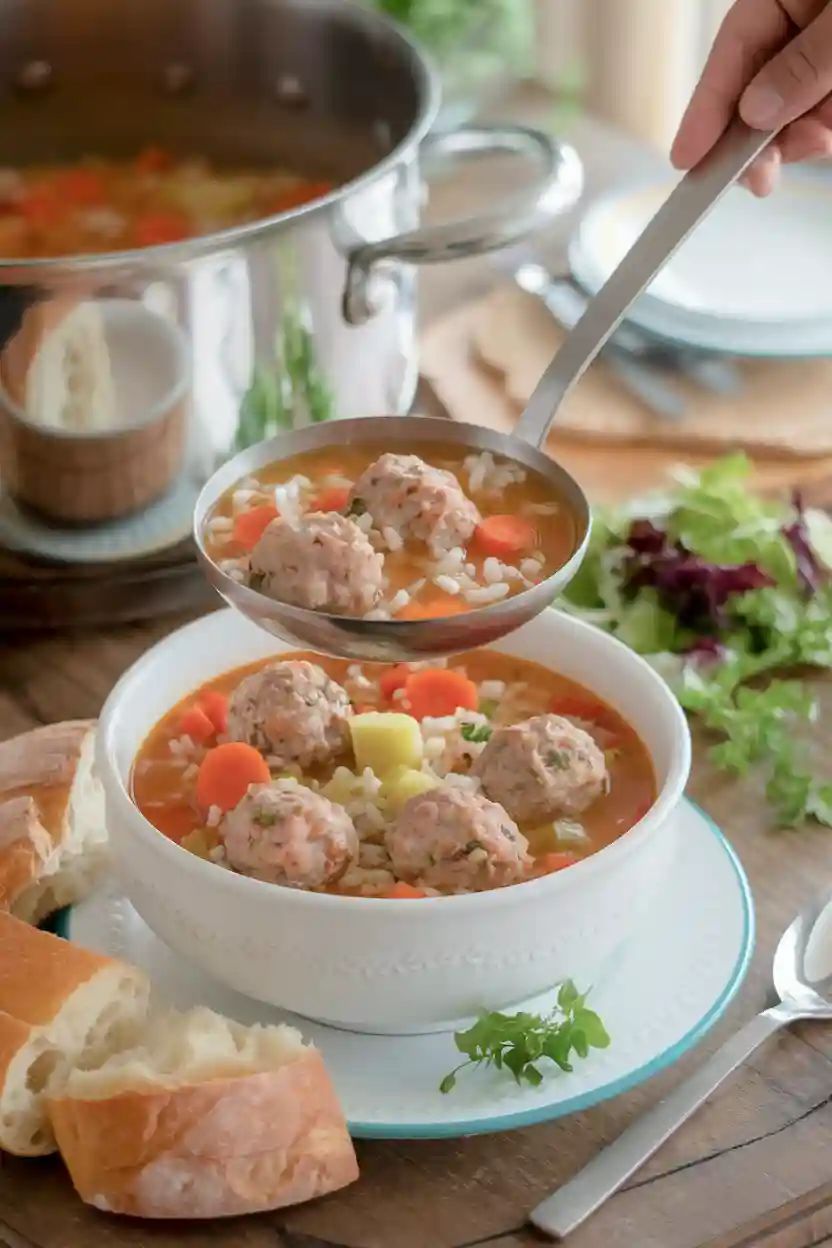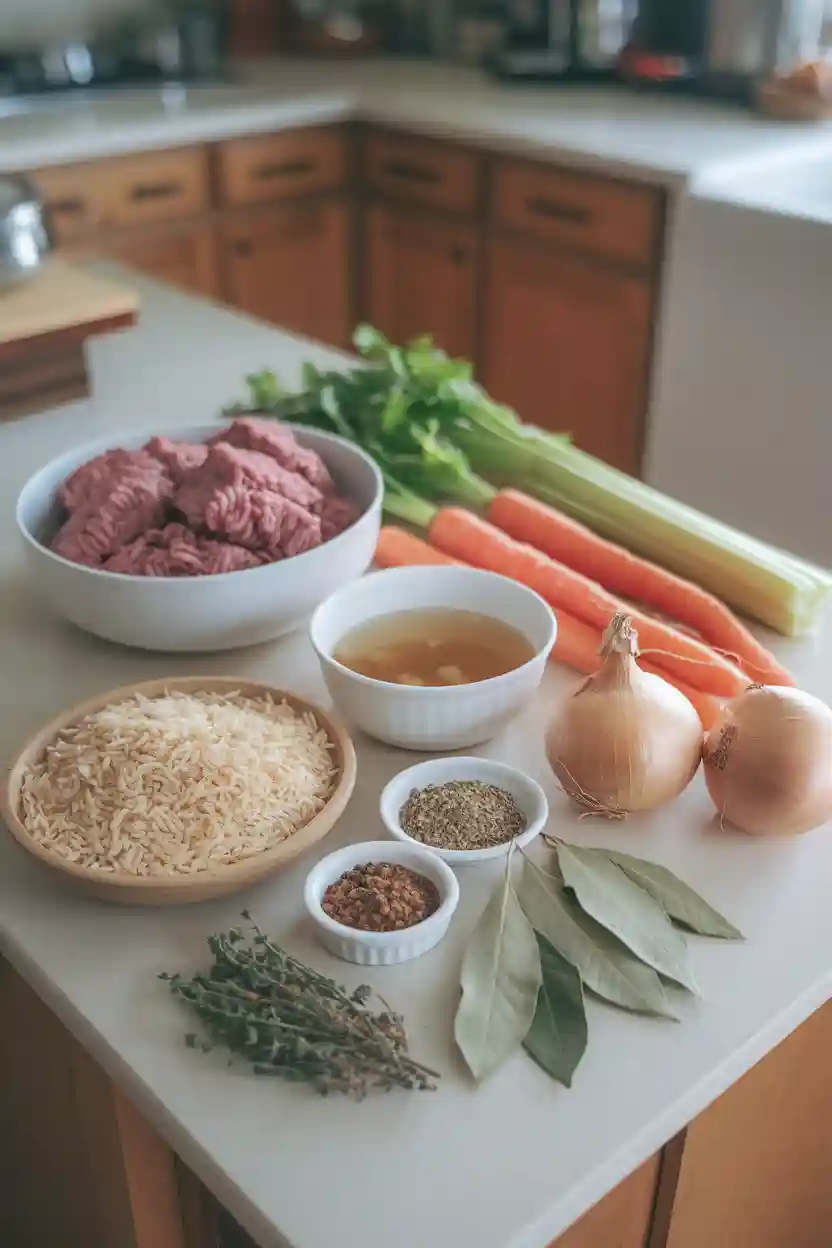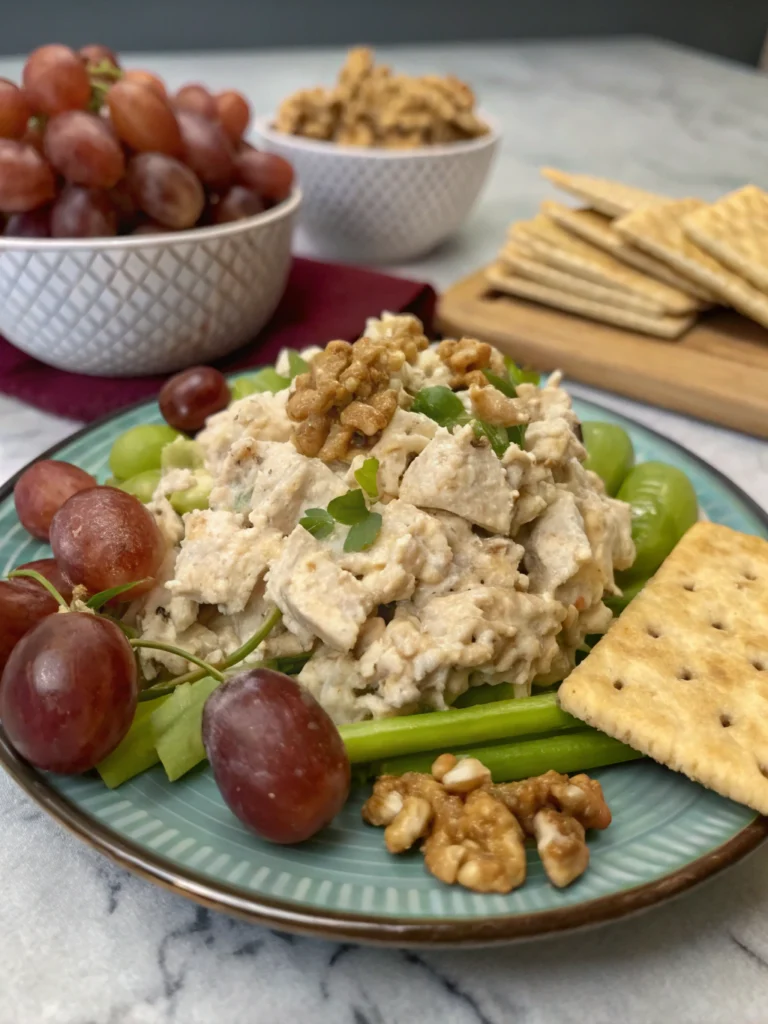Porcupine Soup

Porcupine Soup is a beloved dish that captures the spirit of cozy family dinners. It’s known for its rich flavors and warmth, making it perfect for any family gathering. When families share a meal, porcupine soup is more than just food. It’s a way to create lasting memories together.
In this article, we’ll dive into the recipe’s origins and cultural importance. We’ll see why it’s a favorite in homes across the country. If you’re looking for a meal that brings families closer, this porcupine soup recipe is perfect for your next family event.
Key Takeaways
- Porcupine Soup is ideal for family gatherings, promoting warmth and togetherness.
- This comfort food boasts hearty flavors, making it a favorite at the dinner table.
- The recipe is easy to prepare, catering to cooks of all skill levels.
- Porcupine Soup’s cultural significance can be traced back to traditional home-cooked meals.
- Flexibility in ingredients allows for customization based on family preferences.
Table of Contents
Introduction to Porcupine Soup
Porcupine soup is a delightful dish that has become a favorite in American cooking. It has a rich history, showing how different regions and families have made it their own. Over time, it has grown into a beloved comfort food, known for its warmth and hearty taste.
Porcupine soup is a cherished part of many families’ traditions. Each family adds their own twist, using local ingredients and special seasonings. These changes not only make the soup taste better but also connect us to our heritage. It’s a dish that brings families together, perfect for cozy dinners and special occasions.
What Makes Porcupine Soup a Family Favorite
Porcupine soup is a comforting dish that families love. It’s not just food; it’s a symbol of warmth and togetherness. Enjoying it together on chilly days brings families closer.
The Comfort of a Warm Meal
A bowl of porcupine soup brings back memories and feels secure. Its rich flavors and hearty ingredients make it a comfort meal. It’s a go-to for families in need, offering solace in every bite.
Sharing porcupine soup can turn any evening into a special moment. It shows that simple ingredients can bring deep comfort.
Bringing Families Together
Porcupine soup is more than just food; it’s a way to bond. Making it together teaches younger ones about traditions. It strengthens family ties and makes porcupine soup a key part of family life.
Key Ingredients for Porcupine Soup

Making a tasty porcupine soup needs the right porcupine soup ingredients. Each part is key to the comforting taste we all love.
Fresh veggies like carrots, celery, and onions are crucial. They make the soup hearty and add flavor. These ingredients also boost the soup’s nutritional value.
A good broth is essential to tie everything together. Homemade chicken or vegetable stock makes a big difference. Adding herbs like thyme, bay leaves, and peppercorns adds a warm, aromatic touch.
Spices make this soup special. Paprika or cumin add warmth, while a bit of lemon zest brightens the taste. It’s a surprising and welcome twist.
Seasonal changes can bring new ingredients to the soup. Adding spinach or kale in winter adds nutrients and color. Using fresh ingredients all year keeps the soup exciting.
| Ingredient | Purpose |
|---|---|
| Carrots | Adds sweetness and texture |
| Celery | Provides a base flavor |
| Onions | Enhances depth of flavor |
| Broth | Base of the soup |
| Herbs & Spices | Boosts flavor profile |
Step-by-Step Recipe: How to Make Porcupine Soup
Making delicious homemade porcupine soup is easy. Just follow this simple recipe for a hearty meal.
First, gather all the ingredients. You’ll need ground meat, rice, veggies, and broth. Preparing these ahead makes cooking easier.
- Sauté the vegetables: Heat oil in a big pot. Add onions, carrots, and celery. Cook until they’re soft, about 5-7 minutes.
- Add ground meat: Put your ground meat in the pot with the veggies. Cook until it’s browned, stirring now and then.
- Mix in rice: Stir in the rice. Let it soak up the flavors for a minute.
- Pour in the broth: Add your broth gently. Make sure it covers everything. Use low-sodium broth for better flavor control.
- Season: Add salt, pepper, and spices like garlic powder or thyme. Taste and adjust as needed.
- Simmer: Boil the mix, then lower the heat. Simmer for 30-40 minutes. This lets the rice cook and flavors mix well.
- Serve hot: Pour the soup into bowls. Add fresh parsley or grated cheese if you like.
This recipe focuses on flavor and texture. It makes a comforting soup that’s loved by all. With practice, it becomes a special family recipe, creating warm memories at dinner.
Customizing Your Porcupine Soup
Cooking porcupine soup can be a fun adventure. You can change it up to fit your taste and dietary needs. Try swapping meat for vegetarian options like lentils or chickpeas. This way, everyone can enjoy a delicious, meat-free version.
For a gourmet twist, add unique ingredients like lemongrass or coconut milk. You can also spice it up with smoked paprika or five-spice powder. These changes keep the soup cozy but add a new flavor dimension.
Using fresh, seasonal produce makes the soup even better. It lets you create a dish that feels personal. Here’s a quick guide to customizing your porcupine soup:
| Customization Type | Suggestions |
|---|---|
| Vegetarian | Substitute meat with lentils or chickpeas |
| Spice Level | Add chili powder or diced jalapeños |
| Gourmet Touch | Incorporate truffle oil or gourmet mushrooms |
| Fresh Ingredients | Use local vegetables and herbs for added flavor |
Tips for Serving Porcupine Soup
Serving porcupine soup can make a meal special. Serving suggestions can make the soup taste better and look great. Think about the setting and what dishes to pair with it.
Crusty bread is a great side dish for porcupine soup. It’s warm and contrasts nicely with the soup. A fresh garden salad adds a burst of flavor and color to the meal.
For a lighter start, try bruschetta or stuffed mushrooms. They’re perfect as appetizers before the soup.
Present the soup in warm bowls to keep it hot. Add fresh herbs for color and flavor. Pair it with white wine or light beer for a perfect pairing with porcupine soup.
| Side Dish | Description | Complementary Traits |
|---|---|---|
| Crusty Bread | A rustic loaf complete with a crunchy crust | Enhances texture and provides a hearty bite |
| Garden Salad | Fresh greens topped with a light vinaigrette | Offers a refreshing contrast that balances richness |
| Bruschetta | Toasted bread topped with tomatoes and basil | Light and flavorful starter that sets the stage |
| Stuffed Mushrooms | Mushrooms filled with cream cheese and herbs | Earthy flavors that complement the soup’s depth |
Storing and Reheating Leftover Porcupine Soup
Storing porcupine soup right keeps its flavors and textures great. Cool it down to room temperature before putting it in an airtight container. This stops air from getting in and spoiling it.
Freezing is good for keeping soup fresh for a long time. Divide it into smaller parts for quicker thawing. Use freezer-safe bags or containers, leaving room for expansion.
Reheating is key to enjoying the soup again. Heat it on the stove over medium heat, stirring often. For frozen parts, thaw in the fridge or use the microwave’s defrost setting first.
Microwaving works well for small amounts. Use a microwave-safe bowl with a lid for even heating. Always check if the soup is hot all the way before serving.
Porcupine Soup Around the World
Porcupine soup is enjoyed in many ways around the world. It shows the rich variety of food traditions. These soups share a name but have unique ingredients and cooking styles. They reflect the diverse cultures where they are made.
In Eastern Europe, porcupine soup gets a special flavor from local herbs and spices. In some Asian countries, it’s served with rice or noodles. This shows how soups bring families together, offering comfort and a sense of home.
Looking at porcupine soup in different places, we find interesting names and ways of making it. In some areas, it’s just called “meatball soup.” Others use their own names. This shows how soups connect families, no matter where they are.
| Region | Dishes | Main Ingredients |
|---|---|---|
| Eastern Europe | Porcupine Meatball Soup | Beef, rice, dill |
| Asia | Noodle Porcupine Soup | Pork, noodles, ginger |
| North America | Classic Porcupine Soup | Ground beef, tomato, celery |
Porcupine soup shows how food brings people together. Each version tells a story of family, heritage, and community. Exploring these soups helps us see how they connect us all.

Conclusion: Embrace the Warmth of Porcupine Soup
As we wrap up, it’s clear that porcupine soup is a true comfort food. It’s a favorite for family meals. This dish reminds us of the joy of family time, where laughter and stories fill the air.
It’s made with simple yet tasty ingredients. These create a cozy space for families to bond. It’s perfect for making memories and strengthening family ties.
Encouraging readers to try this classic recipe is more than just about food. It’s about the special moments it brings. Each bite of porcupine soup combines flavor with tradition. It invites families to make memories and feel closer.
In short, porcupine soup can make life richer. It turns everyday moments into unforgettable ones. By adding it to their meals, families can enjoy both the comfort of classic dishes and the joy of sharing them. So, let’s gather the family, try the recipe, and start a new tradition filled with warmth and love.
FAQ
What is porcupine soup?
Porcupine soup is a hearty dish loved for its warm flavors. It’s made with ground meat, rice, tomatoes, and spices. It’s a favorite at family gatherings.
How did porcupine soup originate?
Porcupine soup started in American cuisine. Over time, it has changed with regional flavors. Now, it’s a comfort food in many homes.
What are the key ingredients in porcupine soup?
The main ingredients are ground meat, rice, and diced tomatoes. Onions, bell peppers, garlic, and black pepper add flavor. Using fresh ingredients makes it taste even better.
Can porcupine soup be customized for dietary restrictions?
Yes, you can make porcupine soup for different diets. Use lentils or beans for a vegetarian version. Try different spices or add local produce for unique flavors.
What are some tips for serving porcupine soup?
Serve porcupine soup with sides like crusty bread or salads. Garnish with fresh herbs for a nice touch. This makes the meal more enjoyable.
How should leftover porcupine soup be stored?
Store leftover soup in an airtight container in the fridge for 3-4 days. Freeze it for longer. Reheat it gently to keep the flavors and texture.
Is porcupine soup enjoyed in cultures outside of the United States?
Yes, porcupine soup has variations worldwide. Each place has its own twist, showing how soup brings comfort and warmth to people everywhere.
